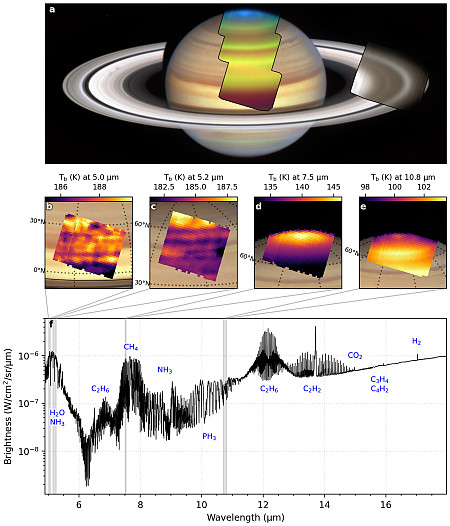September 29, 2023 Quick space links
Courtesy of BtB’s stringer Jay.
- Nasdaq informs Astra it now in compliance with its rules, and will not be delisted
In other words, the reverese stock split allowed Astra to escape delisting even thought its value has dropped through the floor.
- China announces a few basic details of its Chang’e-6 sample return mission
All they say is it will launch on a Long March 5 rocket in May 2024, head to the South Pole-Aitken Basin on the far side of the Moon, and operate for 53 days (which likely includes the return of the sample to Earth). Jay spotted one mystery however: The coordinates provided (“S43, W154”) are no where near the south pole, though it is likely in the northernmost part of Aitken Basin.
- ESA schedules briefing on Vega-C launch failure investigation to Monday
Jay adds that ESA has been delaying this briefing repeatedly all this week. Apparently they have had some late loose-ends to tie up, and it is taking longer than they expected.
Courtesy of BtB’s stringer Jay.
- Nasdaq informs Astra it now in compliance with its rules, and will not be delisted
In other words, the reverese stock split allowed Astra to escape delisting even thought its value has dropped through the floor.
- China announces a few basic details of its Chang’e-6 sample return mission
All they say is it will launch on a Long March 5 rocket in May 2024, head to the South Pole-Aitken Basin on the far side of the Moon, and operate for 53 days (which likely includes the return of the sample to Earth). Jay spotted one mystery however: The coordinates provided (“S43, W154”) are no where near the south pole, though it is likely in the northernmost part of Aitken Basin.
- ESA schedules briefing on Vega-C launch failure investigation to Monday
Jay adds that ESA has been delaying this briefing repeatedly all this week. Apparently they have had some late loose-ends to tie up, and it is taking longer than they expected.


















